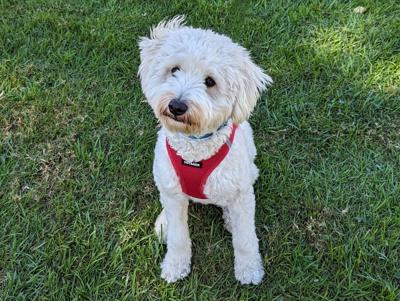
Ben Haworth
By Ben Haworth
Learning to drive has been a sought-after rite of passage for many teenagers. For most, it is their first taste of real responsibility and freedom.
However, driving comes with its own set of anxieties and issues that teenagers may not think about before getting behind the wheel.
According to 2021 data from the National Highway Traffic and Safety Administration, a total of 2,608 teen drivers (15- to 18-year olds) were involved in collisions where someone died. The NHTSA also found that “19% of teen passenger vehicle drivers involved in fatal crashes in 2021 had alcohol in their system.”
Teenagers don’t yet possess the experience or decision-making skills when making the choice to get behind the wheel with an impaired driver. Peer pressure further impacts these choices, resulting in impaired teens driving friends to and from parties, where drinking often occurs.
The influence of parents’ modeled behavior and open discussion are crucial in guiding teens to use their best judgment in difficult situations.
Despite the desire for freedom and pressure from peers to get their driver’s license, many teenagers these days are opting out of driving.
According to the Federal Highway Administration, only 60% of teenagers had a driver’s license in 2021, a big drop from nearly 80% in 1983.
As a 17-year-old who does not have a license and doesn’t plan on driving anytime soon, it made me wonder why so many teens are not driving. Is it because we are anxious about the responsibilities of driving?
Could it be that teen drivers are more likely to engage in risky behaviors, like drunk or drugged driving when riding with a peer, compared to driving alone? I asked students at my school how they feel about impaired driving, how we can prevent it, and how to model good behavior.
The first group I interviewed made the choice not to drive as a teen. One friend said, “My friends will expect me to drive all the time. It’s too much pressure.”
When I asked another friend about how he felt about getting in the car with an impaired driver, I was surprised by the response. “If they seem OK, then I’m not too worried about it. If it’s just a few miles, it will probably be fine.”
The majority of my peers gave similar answers. As long as it seems like they’re OK, they’ll be a safe driver even after a few drinks. Unfortunately, just one drink can change the course of your life and others around you.
The second group had been driving for at least six months.
“If it’s just a drink, like one beer, I’m fine driving a short distance,” one said.
A few refused to drink and drive, and would never drive a friend if impaired. “It’s not worth it. Especially now when it’s so easy to get an Uber to and from a party,” another said.
So how do we as teenagers stop the myth that one drink means it’s “OK” to drive a mile or two? It begins with modeling good behavior from both peers and parents.
Never get into a car with anyone you know who has been drinking or using drugs, even if it’s your best friend. Don’t be afraid to stand up against impaired driving. Teens look to parents for guidance, so parents need to practice safe driving as well.
One way to connect with your teen is teaching them to drive. Don’t rely only on an outside driving instructor. Parents have more influence than they realize. Eventually, I will learn how to drive. Until then, I will encourage others to make good choices and never get in the car with an impaired driver.
Ben Haworth is a high school junior and has been a Mothers Against Drunk Driving (MADD) Teen Influencer since 2021. He is a competitive rower, a state Ambassador for the Best Buddies Organization, and loves history.





